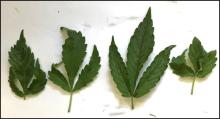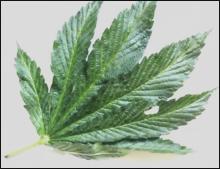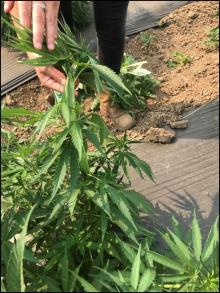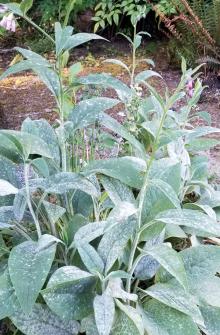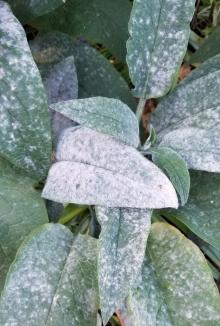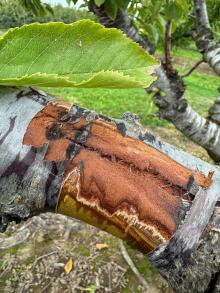Cause Spiroplasma citri, which is spread by leafhoppers, has been found in industrial hemp in Oregon and Washington in disease surveys conducted by OSU in 2021 and 2022. This pathogen also occurs in carrots in Washington as well as in brassicas, tree fruits, and ornamental flowering plants including periwinkle (Catharanthus roseus).


